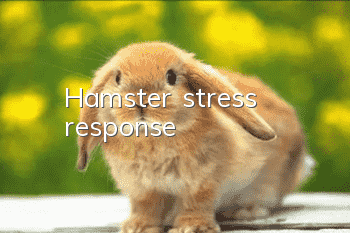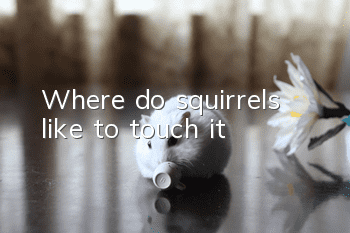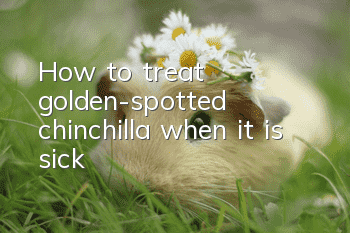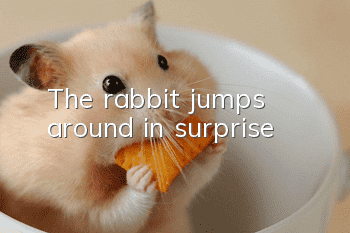Hamster stress response

Hamsters are relatively timid. When stimulated or frightened, they will show the following symptoms: First, the hamster may run away and want to hide. Secondly, hamsters may bite and coo. Finally, hamsters may appear to be pretending to be dead or feigning death. Since the stress response will cause the hamster's body to produce a large amount of oxygen free radicals, which will cause damage to the body, it is not recommended to frequently change the hamster's environment or speak loudly to the hamster.
How to comfort a frightened hamster:
1. Frightened hamsters often hide in corners and dare not come out. Do not rush to get the hamster out to avoid the opposite effect. Hamsters like to eat nuts or pulp. You can place them next to the hamster and watch. If the hamster comes out to eat, the owner can gently stroke the hamster's hair to comfort the frightened hamster.
2. For newly purchased hamsters, owners should not rush to have close contact with it, as this may make the hamster more nervous. Do not feed it directly with your hands. To protect itself, the hamster may accidentally bite its owner. Don't disturb it at ordinary times, wait until the hamster slowly adapts to the new environment, and then go play with the hamster.
3. The best way to soothe a hamster is to let it be quiet. The hamster will regulate its own emotions and does not require too much external intervention. Just give the hamster a safe enough environment.
- What should I do if my hamster’s nose keeps puffing?
- What can guinea pigs eat?
- What do spotted hamsters eat?
- How much does a hamster weigh?
- Does the woolly rabbit recognize its owner?
- Do golden bears hibernate?
- What does a rabbit look like?
- What is better to feed a standard gray chinchilla?
- How to train a chinchilla
- Can rabbits drink milk?



